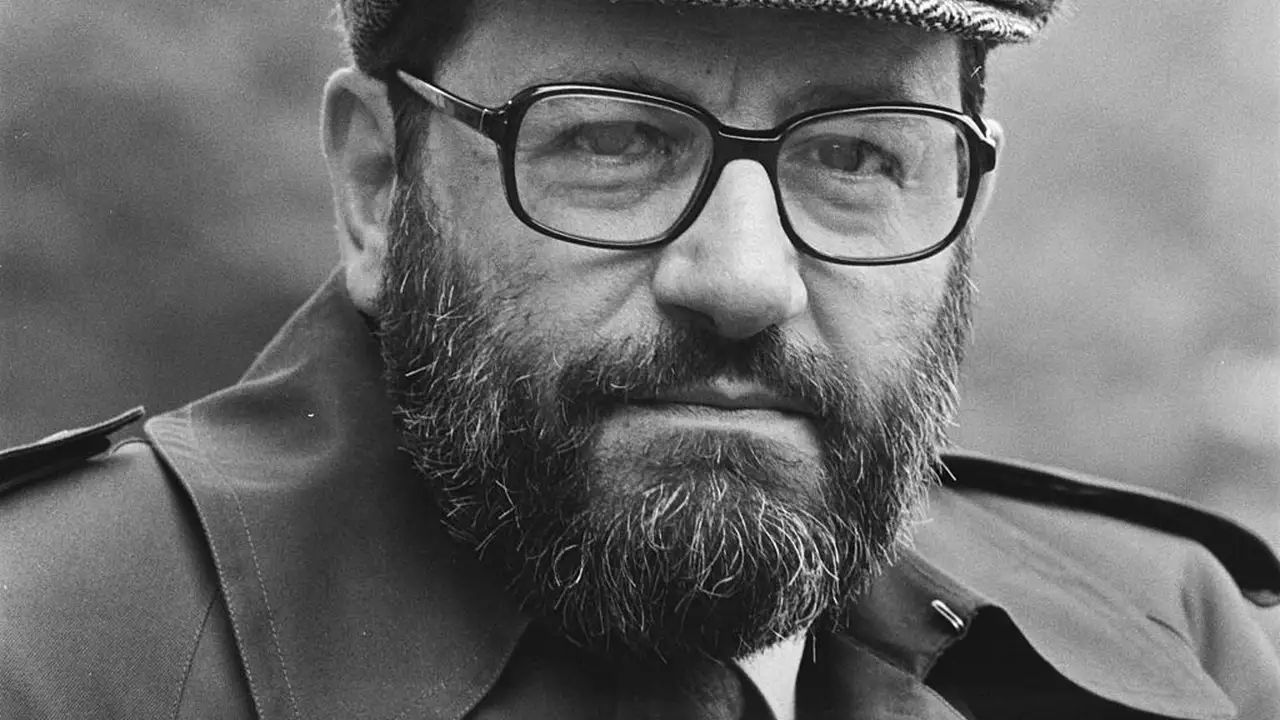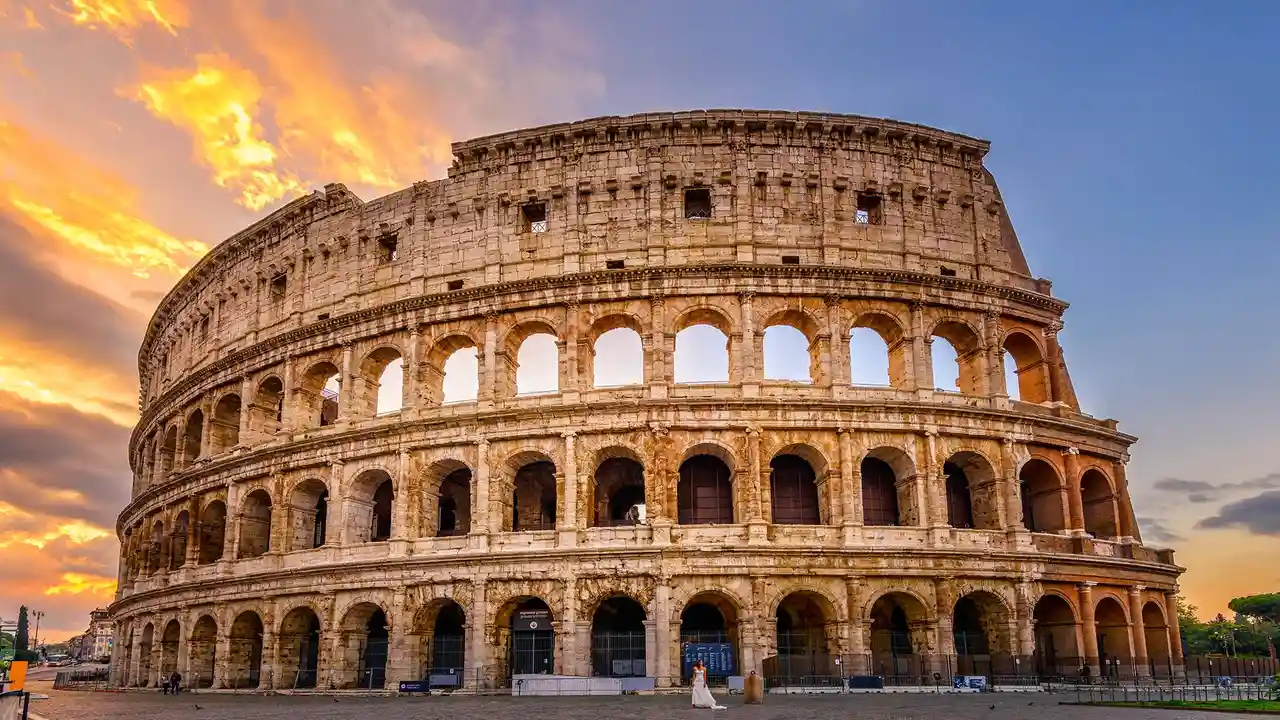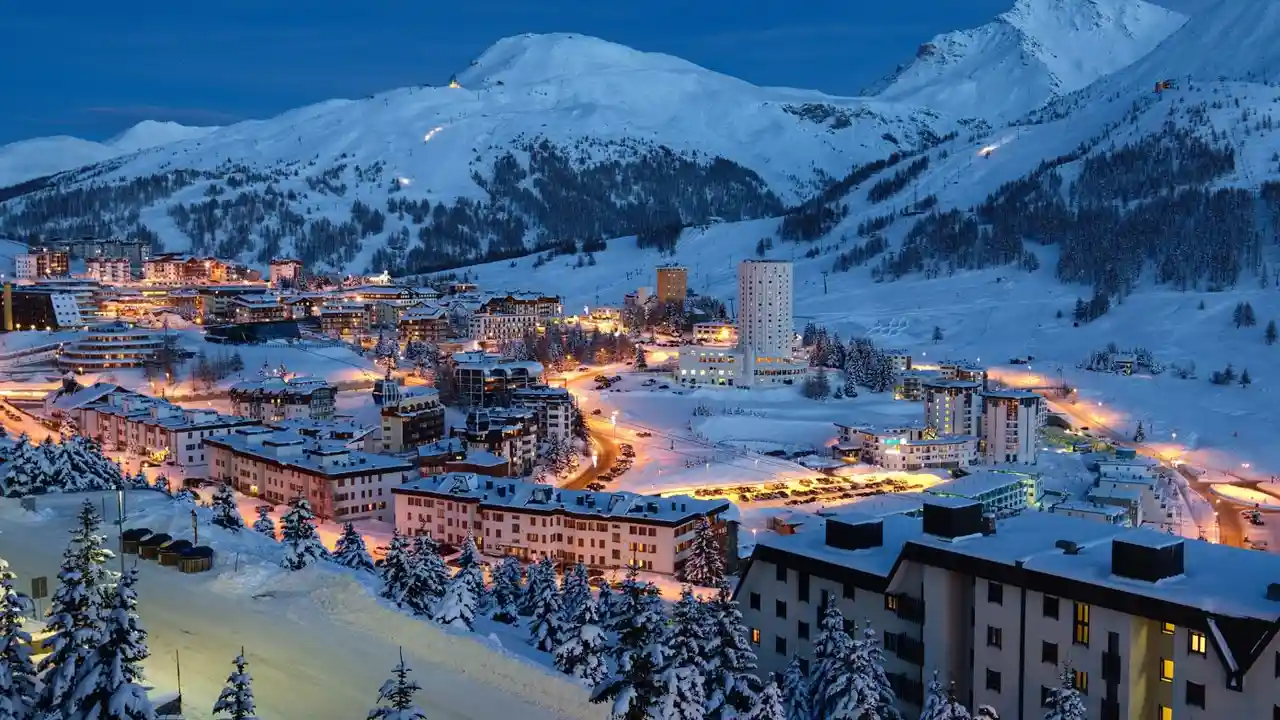Italian Literature: Exploring Italy's Greatest Authors

Explore the world of Italian cinema Learn about classic and modern films directors and actors Experience the art and storytelling of Italian cinema
A Deep Dive into Italian Cinema Classic Films and Directors
Italian cinema is a treasure trove of cinematic masterpieces, boasting a rich history and a unique storytelling style. From the neo-realist movement that captured the raw realities of post-war Italy to the stylish and influential works of Federico Fellini and Sergio Leone, Italian cinema has left an indelible mark on the global film landscape. Let’s explore some of the cornerstones of Italian classic cinema.
Neo-Realism A Post-War Reflection in Italian Films
Neo-realism emerged in Italy after World War II, focusing on the lives of ordinary people and the social issues they faced. Films like Vittorio De Sica's "Bicycle Thieves" (1948) and Roberto Rossellini's "Rome, Open City" (1945) are prime examples. "Bicycle Thieves" tells the heartbreaking story of a father searching for his stolen bicycle, which he needs for work, while "Rome, Open City" depicts the resistance movement against the Nazi occupation. These films are characterized by their use of non-professional actors, on-location shooting, and a focus on everyday struggles.
Federico Fellini Surrealism and Spectacle in Italian Cinema
Federico Fellini is arguably one of Italy's most celebrated directors. His films are known for their surreal imagery, dreamlike sequences, and exploration of the human psyche. "La Dolce Vita" (1960) is a satirical masterpiece that captures the decadent lifestyle of Rome's elite, while "8½" (1963) delves into the creative crisis of a film director. Fellini's films are visually stunning and intellectually stimulating, often blurring the line between reality and fantasy.
Sergio Leone Spaghetti Westerns and Italian Film Influence
Sergio Leone revolutionized the Western genre with his "Dollars Trilogy" ("A Fistful of Dollars," "For a Few Dollars More," and "The Good, the Bad and the Ugly"). These films, starring Clint Eastwood, are characterized by their epic scope, stylized violence, and memorable soundtracks by Ennio Morricone. Leone's "spaghetti westerns" not only revitalized the Western genre but also influenced countless filmmakers around the world.
Modern Italian Cinema Directors and Contemporary Themes
Italian cinema continues to thrive, with a new generation of directors exploring contemporary themes and pushing the boundaries of cinematic storytelling. From social commentary to personal dramas, modern Italian films offer a diverse range of perspectives on the Italian experience. Let's take a look at some of the key figures in modern Italian cinema.
Paolo Sorrentino Modern Italian Film Storytelling
Paolo Sorrentino is known for his visually striking and often provocative films. "The Great Beauty" (2013), which won the Academy Award for Best Foreign Language Film, is a sweeping portrait of Rome's high society, exploring themes of beauty, decadence, and existentialism. His films are characterized by their elaborate set designs, vibrant cinematography, and complex characters.
Matteo Garrone Italian Crime Films and Social Commentary
Matteo Garrone is a master of Italian crime films, often exploring the dark underbelly of Italian society. "Gomorrah" (2008) is a gritty and realistic portrayal of the Camorra, the Neapolitan mafia. His films are known for their authenticity, unflinching realism, and social commentary.
Alice Rohrwacher Independent Italian Cinema and Rural Life
Alice Rohrwacher is a rising star in Italian independent cinema. Her films often explore themes of rural life, family dynamics, and the search for identity. "Happy as Lazzaro" (2018) is a magical realist fable that tells the story of a kind-hearted peasant who is exploited by his wealthy landowners. Rohrwacher's films are characterized by their poetic imagery, naturalistic performances, and social consciousness.
Essential Italian Film Viewing List Classic and Modern
To truly appreciate Italian cinema, here's a curated list of must-see films, spanning both classic and modern eras:
- Bicycle Thieves (1948): A heartbreaking neo-realist masterpiece.
- Rome, Open City (1945): A powerful depiction of the Italian resistance.
- La Dolce Vita (1960): A satirical exploration of Rome's decadent lifestyle.
- 8½ (1963): A surreal and introspective look at a director's creative crisis.
- The Good, the Bad and the Ugly (1966): An epic spaghetti western.
- Cinema Paradiso (1988): A nostalgic ode to the magic of cinema.
- Life is Beautiful (1997): A heartwarming and tragic story set during the Holocaust.
- Gomorrah (2008): A gritty and realistic portrayal of the Neapolitan mafia.
- The Great Beauty (2013): A visually stunning exploration of Rome's high society.
- Happy as Lazzaro (2018): A magical realist fable about exploitation and kindness.
Italian Film Streaming Services and Where to Watch
Accessing Italian cinema has never been easier, thanks to the rise of streaming services. Here are some platforms where you can find a wide selection of Italian films:
- Criterion Channel: Offers a curated selection of classic and contemporary Italian films.
- MUBI: Showcases independent and international cinema, including many Italian gems.
- Netflix: Features a growing library of Italian films and TV series.
- Amazon Prime Video: Offers a selection of Italian films for rent or purchase.
Italian Film Festivals and Events Celebrating Cinema
Immerse yourself in the world of Italian cinema by attending film festivals and events. These gatherings offer a chance to see the latest Italian films, meet filmmakers, and celebrate the art of cinema. Here are some notable Italian film festivals:
- Venice Film Festival: One of the most prestigious film festivals in the world, showcasing a wide range of international and Italian films.
- Rome Film Fest: A major film festival held in Rome, featuring screenings, events, and awards.
- Turin Film Festival: A festival dedicated to independent and experimental cinema.
Italian Film Books and Resources Learning More
Delve deeper into the world of Italian cinema with these recommended books and resources:
- "A History of Italian Cinema" by Peter Bondanella: A comprehensive overview of Italian cinema from its origins to the present day.
- "Italian Cinema: From Neorealism to the Present" by Millicent Marcus: An insightful analysis of Italian cinema's key movements and directors.
- Senses of Cinema: An online film journal with articles and essays on Italian cinema.
Italian Film Influence on Hollywood and Global Cinema
Italian cinema has had a profound influence on Hollywood and global cinema. From the stylistic innovations of Sergio Leone to the social realism of neo-realism, Italian filmmakers have inspired countless directors and shaped the way films are made around the world. Many Hollywood directors have openly acknowledged their debt to Italian cinema, citing its influence on their own work. The use of location shooting, naturalistic acting, and social commentary, which were hallmarks of neo-realism, have become common practices in filmmaking worldwide.
Italian Film Production Equipment and Gear Recommendations
For aspiring filmmakers interested in capturing the essence of Italian cinema, having the right equipment can be crucial. While talent and vision are paramount, certain tools can help bring your creative ideas to life. Here are some recommendations based on different budget levels and filmmaking styles:
Entry-Level Italian Film Equipment for Budding Filmmakers
If you're just starting out, you don't need to break the bank. Here are some affordable options:
- Camera: Canon EOS Rebel T7 (around $450). A reliable DSLR with good image quality and video capabilities. Ideal for learning the basics of filmmaking.
- Lens: Canon EF 50mm f/1.8 STM (around $125). A versatile prime lens that's great for portraits and low-light shooting.
- Microphone: Rode VideoMicro (around $60). A compact and easy-to-use on-camera microphone that significantly improves audio quality compared to built-in mics.
- Tripod: AmazonBasics Lightweight Tripod (around $30). A basic but functional tripod for stable shots.
Mid-Range Italian Film Equipment for Serious Filmmakers
If you're ready to invest in more professional equipment, here are some options that offer better performance and features:
- Camera: Sony a6400 (around $900). A mirrorless camera with excellent autofocus, 4K video recording, and a wide range of lenses available.
- Lens: Sigma 18-50mm f/2.8 DC DN Contemporary for Sony E (around $550). A versatile zoom lens with a fast aperture for better low-light performance and shallow depth of field.
- Microphone: Rode NTG5 (around $800). A professional shotgun microphone that delivers broadcast-quality audio.
- Audio Recorder: Zoom H6 (around $400). A portable audio recorder with multiple inputs for recording high-quality audio from external microphones.
- Tripod: Manfrotto Befree Advanced Travel Tripod (around $200). A lightweight and sturdy tripod that's ideal for travel and on-location shooting.
- Lighting: Aputure Amaran AL-M9 (around $50 each, get a few). Small, versatile LED lights for fill and accent lighting.
High-End Italian Film Equipment for Professional Filmmakers
For professionals who demand the best, here are some top-of-the-line options:
- Camera: ARRI Alexa Mini LF (body only, around $50,000). The industry standard for high-end film production, offering exceptional image quality, dynamic range, and reliability.
- Lenses: Cooke S4/i Prime Lenses (set of 6, around $100,000). Renowned for their beautiful bokeh, smooth focus falloff, and classic film look.
- Microphone: Sennheiser MKH 416 (around $1,000). A professional shotgun microphone widely used in film and television production.
- Audio Recorder: Sound Devices 833 (around $8,000). A professional field recorder with advanced features and exceptional audio quality.
- Tripod: Sachtler FSB 8 Fluid Head with Carbon Fiber Tripod (around $4,000). A professional tripod system that provides smooth and precise camera movements.
- Lighting: ARRI SkyPanel S60-C (around $10,000). A versatile and powerful LED panel that offers a wide range of colors and effects.
Comparing Italian Film Camera Equipment Options
Choosing the right camera equipment depends on your budget, filmmaking style, and the type of projects you're working on. Here's a comparison of the options mentioned above:
- Image Quality: ARRI Alexa Mini LF > Sony a6400 > Canon EOS Rebel T7. The ARRI Alexa Mini LF offers the best image quality, dynamic range, and color science, while the Canon EOS Rebel T7 is a good entry-level option.
- Video Capabilities: ARRI Alexa Mini LF > Sony a6400 > Canon EOS Rebel T7. All three cameras can record video, but the ARRI Alexa Mini LF offers the most advanced features, such as ProRes recording and high frame rates.
- Autofocus: Sony a6400 > ARRI Alexa Mini LF > Canon EOS Rebel T7. The Sony a6400 has the best autofocus system, making it ideal for capturing fast-moving subjects. The ARRI Alexa Mini LF relies primarily on manual focus.
- Portability: Canon EOS Rebel T7 > Sony a6400 > ARRI Alexa Mini LF. The Canon EOS Rebel T7 is the most compact and lightweight option, while the ARRI Alexa Mini LF is the largest and heaviest.
- Price: Canon EOS Rebel T7 < Sony a6400 < ARRI Alexa Mini LF. The Canon EOS Rebel T7 is the most affordable option, while the ARRI Alexa Mini LF is the most expensive.
Italian Film Gear Usage Scenarios
Here are some scenarios where each level of equipment would be appropriate:
- Entry-Level: Ideal for student films, short films, documentaries, and online content creation.
- Mid-Range: Suitable for independent films, commercials, corporate videos, and weddings.
- High-End: Used for feature films, television shows, high-budget commercials, and music videos.
Remember to consider factors like lighting, sound, and post-production when choosing your equipment. Investing in good quality lenses and audio equipment can make a significant difference in the final product.
:max_bytes(150000):strip_icc()/277019-baked-pork-chops-with-cream-of-mushroom-soup-DDMFS-beauty-4x3-BG-7505-5762b731cf30447d9cbbbbbf387beafa.jpg)






